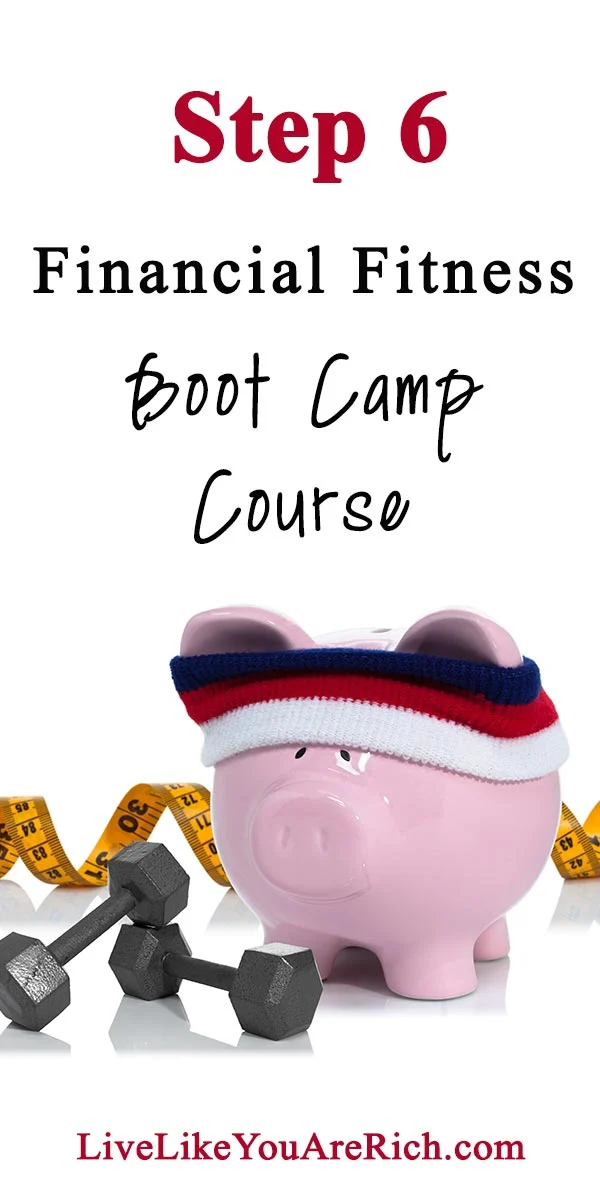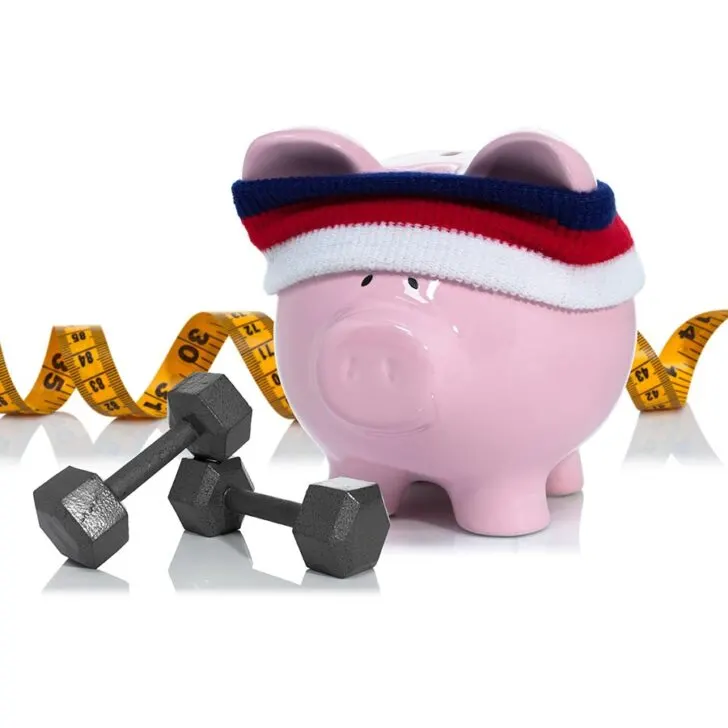The other day my friend posted a photo of her master bedroom on Instagram. Her comforter was gorgeous, she had a beautiful headboard, and she had tons of amazing pillows arranged just right. It looked like a bed you would see in a magazine.
Can you guess what I started searching for online a little later? You guessed it. Bed comforters and pillows. I found the most amazing reviews on a real down kingsized comforter (they are pretty pricey, but it was on sale). Then I realized that I would also need to buy a duvet cover. Next, I needed lots of gorgeous pillows and finally, I convinced myself I’d make a beautiful homemade headboard.
My two-year-old was waking up and I put my phone down for a few hours. During this time I was daydreaming about a beautiful bedding set. And since I am frugal and thrifty I began thinking of ways to achieve the same look for less.
Eventually, I realized that even getting everything for an amazing price, it would still cost me well over $300.00. I know that spending is often a result of emotion. Marketing geniuses know this. They use all sorts of tactics to get us to buy things. So I back tracked in my mind to where they desire to purchase a new bedding set came from and I realized quite quickly that it stemmed from the Instagram image I saw.
The desire to have a beautiful bedding set was emotional and not a result of any premeditated plan. I saw something beautiful and I wanted it. It most definitely was not a need as we have nice bedding already.
The things we buy are often the result of emotion. We see something and want it. Sometimes we may be jealous of something another has, we may be tied to a brand name because of the reputation and the emotion we feel when we have ‘the best’, and sometimes the promise of possession (implied by marketing) makes us think we must have it.
Emotional shopping can also seem to fill a gap or area in a person’s life that needs filling. What’s ironic about this type of emotional spending is that usually the gap in the person’s life is still there plus there is guilt for spending money on unneeded items.
So Challenge #6 is to think back on your last two non-food purchases you’ve made and try to figure out what triggered you to buy them. If it was an emotional trigger, become aware of it. Next, resolve to think about future purchases in this manner (find out what is prompting the desire to buy).
Often, just the realization of what is triggering you to want something is enough to curb that want.
For example, after realizing that my friend’s photo made me want to purchase over $300 worth of bedding that I didn’t need, I decided that I could go without. I quickly forgot about the bedding and I’m over $300 richer.
If the realization of the emotional connection doesn’t help to deny the purchase, think about things that are actually on your list of needs and/or desires; tell yourself you’ll be that amount of money closer to the items you really need and want if you don’t buy.
We all spend money emotionally (myself included), so take a few minutes and complete this goal/challenge. The challenge will help you learn how to control emotional spending and (if utilized over time) will save you lots of money.
Other Posts:
Step 1 of the Financial Fitness Bootcamp Course
Step 2 of the Financial Fitness Bootcamp Course
Step 3 of the Financial Fitness Bootcamp Course
Step 4 of the Financial Fitness Bootcamp Course
Step 5 of the Financial Fitness Bootcamp Course

For other ‘rich living tips’ please subscribe, like me on Facebook, and follow me on Pinterest and Instagram.

SUBSCRIBE FOR OUR EMAILS

